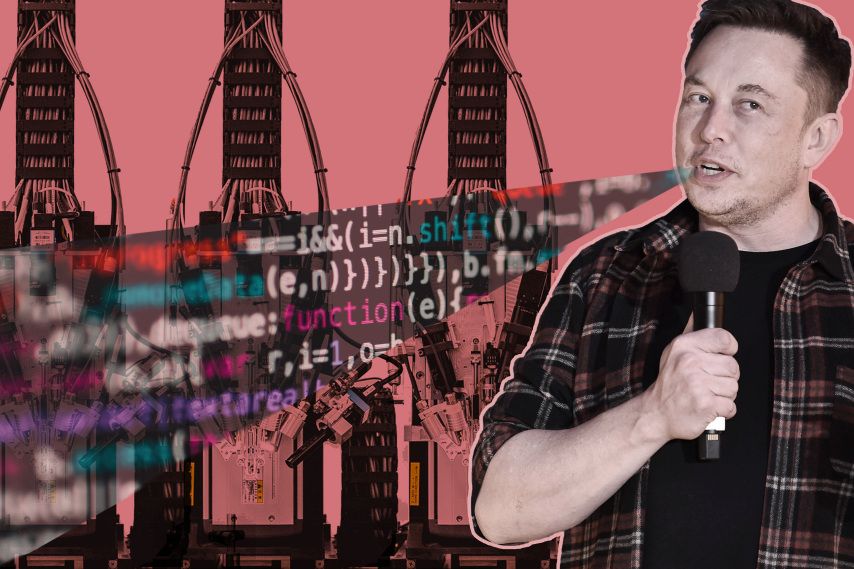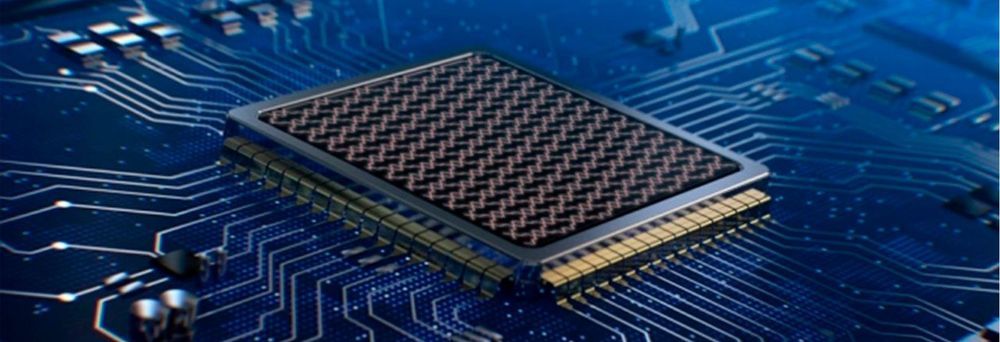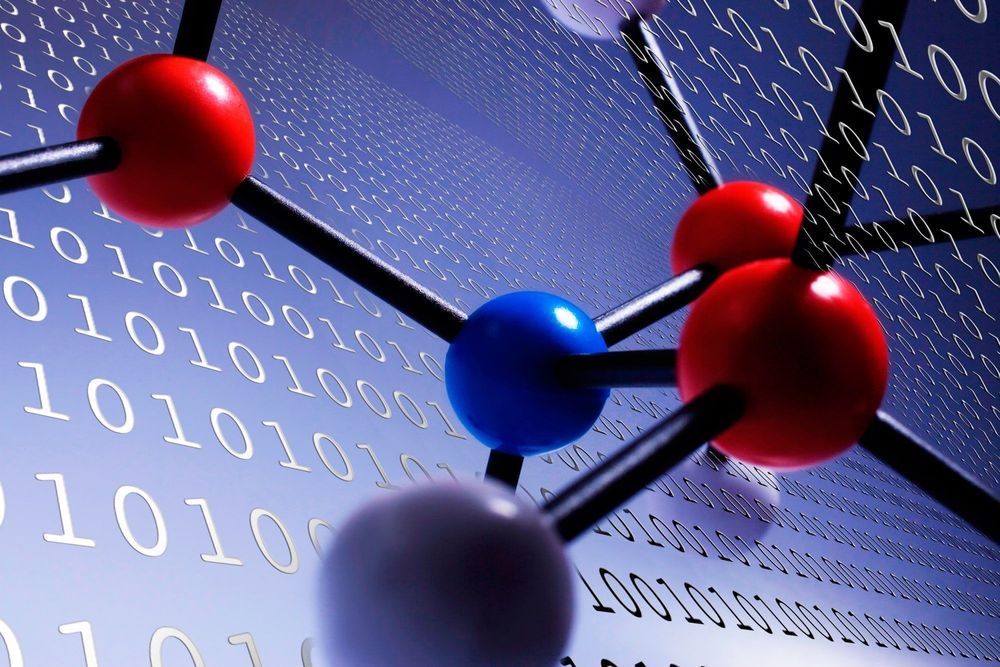Professor Heinrich Hora from UNSW in Australia has successfully produced Hydrogen-Boron fusion with the use of lasers and no radioactivity.



Oct. 22 (UPI) — Chief of Space Operations Gen. Jay Raymond established Space Operations Command during an activation ceremony at Peterson Air Force Base in Colorado this week.
According to the Space Force, Lt. Gen. Stephen Whiting will serve as commander of the new unit, which is mostly formed from former Air Force units 14th Air Force and Air Force Space Command.
At the ceremony Wednesday, Raymond and Whiting both talked about the decades of work that made the new organization possible, and the role of that history in preparing warfighters for space.

Rock-climb without fear. Play a symphony in your head. See radar with superhuman vision. Discover the nature of consciousness. Cure blindness, paralysis, deafness, and mental illness. Those are just a few of the applications that Elon Musk and employees at his four-year-old neuroscience company Neuralink believe electronic brain-computer interfaces will one day bring about.
None of these advances are close at hand, and some are unlikely to ever come about. But in a “product update” streamed over YouTube on Friday, Musk, also the founder of SpaceX and Tesla Motors, joined staffers wearing black masks to discuss the company’s work toward an affordable, reliable brain implant that Musk believes billions of consumers will clamor for in the future.
“In a lot of ways,” Musk said, “It’s kind of like a Fitbit in your skull, with tiny wires.”

Optical computing, which uses photons instead of electrons, has been one of the great promises of this field for decades.
According to Moore’s law —actually more like a forecast, formulated in 1965 by Intel co-founder Gordon Moore— the number of transistors in a microprocessor doubles about every two years, boosting the power of the chips without increasing their energy consumption. For half a century, Moore’s prescient vision has presided over the spectacular progress made in the world of computing. However, by 2015, the engineer himself predicted that we are reaching a saturation point in current technology. Today, quantum computing holds out hope for a new technological leap, but there is another option on which many are pinning their hopes: optical computing, which replaces electronics (electrons) with light (photons).
The end of Moore’s law is a natural consequence of physics: to pack more transistors into the same space they have to be shrunk down, which increases their speed while simultaneously reducing their energy consumption. The miniaturisation of silicon transistors has succeeded in breaking the 7-nanometre barrier, which used to be considered the limit, but this reduction cannot continue indefinitely. And although more powerful systems can always be obtained by increasing the number of transistors, in doing so the processing speed will decrease and the heat of the chips will rise.
The hybridization of electronics and optics
Hence the promise of optical computing: photons move at the speed of light, faster than electrons in a wire. Optical technology is also not a newcomer to our lives: the vast global traffic on the information highways today travels on fibre optic channels, and for years we have used optical readers to burn and read our CDs, DVDs and Blu-Ray discs. However, in the guts of our systems, the photons coming through the fibre optic cable must be converted into electrons in the microchips, and in turn these electrons must be converted to photons in the optical readers, slowing down the process.


Well, at least they’re having fun with it.
Most sun oriented homesteads adjust their sunlight based exhibits in lines and segments to shape a matrix.
Another sun based force plant in Datong, China, be that as it may, chose to have some good times with its structure. China Dealers New Vitality Gathering, one of the nation’s biggest clean vitality administrators, fabricated a 248-section of land sun powered ranch looking like a mammoth panda.


Seattle-based Ultra Safe Nuclear Technologies (USNC-Tech) has developed a concept for a new Nuclear Thermal Propulsion (NTP) engine and delivered it to NASA. Claimed to be safer and more reliable than previous NTP designs and with far greater efficiency than a chemical rocket, the concept could help realize the goal of using nuclear propulsion to revolutionize deep space travel, reducing Earth-Mars travel time to just three months.
Because chemical rockets are already near their theoretical limits and electric space propulsion systems have such low thrust, rocket engineers continue to seek ways to build more efficient, more powerful engines using some variant of nuclear energy. If properly designed, such nuclear rockets could have several times the efficiency of the chemical variety. The problem is to produce a nuclear reactor that is light enough and safe enough for use outside the Earth’s atmosphere – especially if the spacecraft is carrying a crew.
According to Dr. Michael Eades, principal engineer at USNC-Tech, the new concept engine is more reliable than previous NTP designs and can produce twice the specific impulse of a chemical rocket. Specific impulse is a measure of a rocket’s efficiency.
Will astronauts have fungi shields as protection against radiation in the future? 😃
When astronauts return to the moon or travel to Mars, how will they shield themselves against high levels of cosmic radiation? A recent experiment aboard the International Space Station suggests a surprising solution: a radiation-eating fungus, which could be used as a self-replicating shield against gamma radiation in space.
The fungus is called Cladosporium sphaerospermum, an extremophile species that thrives in high-radiation areas like the Chernobyl Nuclear Power Plant. For C. sphaerospermum, radiation isn’t a threat — it’s food. That’s because the fungus is able to convert gamma radiation into chemical energy through a process called radiosynthesis. (Think of it like photosynthesis, but swap out sunlight for radiation.)
The radiotrophic fungus performs radiosynthesis by using melanin — the same pigment that gives color to our skin, hair and eyes — to convert X- and gamma rays into chemical energy. Scientists don’t fully understand this process yet. But the study notes that it’s “believed that large amounts of melanin in the cell walls of these fungi mediate electron-transfer and thus allow for a net energy gain.”

The U.S. army will have pocket sized drones.
Nano drones have become a major military tool over the past few years, and the most recent announcement of FLIR Systems being awarded an additional $20.6 million contract for their Black Hornet 3 Personal Reconnaissance Systems (PRS) by the U.S. Army is one big example of that.
While the contract is huge, the FLIR Systems Black Hornet 3 is only the size of a cellphone. This extremely light and nearly silent drone can fly up to 25 minutes, and provide many military advantages in combat.
With this second contract, FLIR Systems will be providing the service with additional miniature reconnaissance drones as part of the ongoing soldier-borne sensor program, National Defense reports.